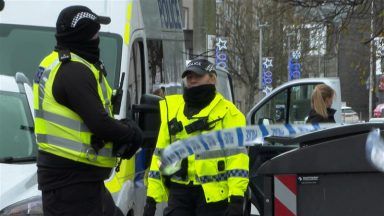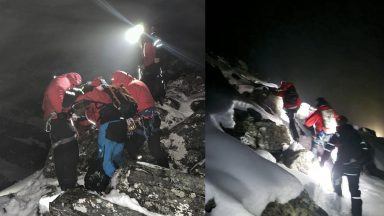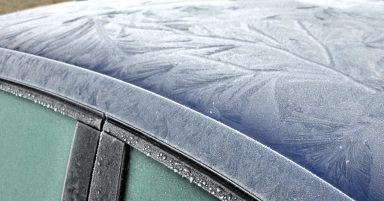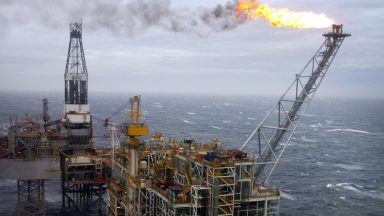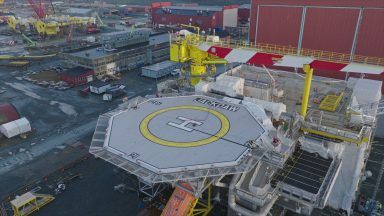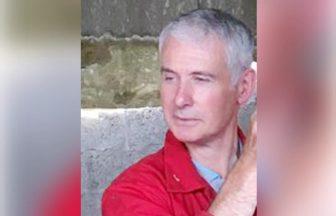North Sea offshore helicopter flights are ten times more dangerous than transatlantic plane journeys, an inquiry into a fatal helicopter crash has heard.
A fatal accident inquiry (FAI) into the ditching off Shetland that claimed four lives heard that offshore helicopters fly in a “more hazardous operating environment” and it would not be realistic to expect the same levels of safety as in jet aircraft.
Two crew members and 12 passengers on the Super Puma L2 survived when it ditched on its approach to Sumburgh Airport in Shetland at 6.17pm on August 23, 2013.
But Sarah Darnley, 45, from Elgin, Moray; Gary McCrossan, 59, from Inverness; Duncan Munro, 46, from Bishop Auckland, County Durham; and George Allison, 57, from Winchester, Hampshire, died.
Captain Richard Newson, flight operations manager for helicopters at the Civil Aviation Authority (CAA), was asked about a review of offshore helicopter operations that the organisation produced.
It states the mortality risk for offshore helicopter occupants is an order of magnitude higher, meaning 10 times higher, than for people on large fixed wing commercial aircraft transatlantic style flights.
Sheriff Principal Derek Pyle, who is leading the inquiry, asked: “So based on the North Sea, it’s 10 times more dangerous to be in a helicopter than it is in a fixed wing transatlantic aircraft?”
Captain Newson replied: “The statement from that perspective is true, but you are comparing two completely different forms of transport to two completely different operating environments.”
He also agreed the risk is 10 times higher than a very low percentage figure and said in the last five years the fatality rate on the North Sea is zero, while the industry has halved its accident rate over that period.
Martin Richardson QC, who is leading the inquiry for the Crown, showed a table comparing mortality risks between offshore helicopters and large commercial aeroplanes based on data between 2002 and 2011.
He said: “If one were to take a helicopter flight every day for 1,277 years, then that would be how many flights one would need to take in order to guarantee that somebody would be killed?” to which Captain Newson agreed.
The table showed the figure for large commercial aeroplane flights was 13,573 years.
The CAA document shown to the inquiry states: “The mortality risk for offshore helicopter occupants is an order of magnitude higher than for jet CAT passengers.
“Due to the more complex nature of the aircraft used and the more hazardous operating environment, it is not considered realistic to expect the level of safety of offshore helicopter operations to match that of jet transport operations.”
The Crown has now concluded its evidence and the inquiry has been adjourned until September 25 for oral submissions.
Follow STV News on WhatsApp
Scan the QR code on your mobile device for all the latest news from around the country












